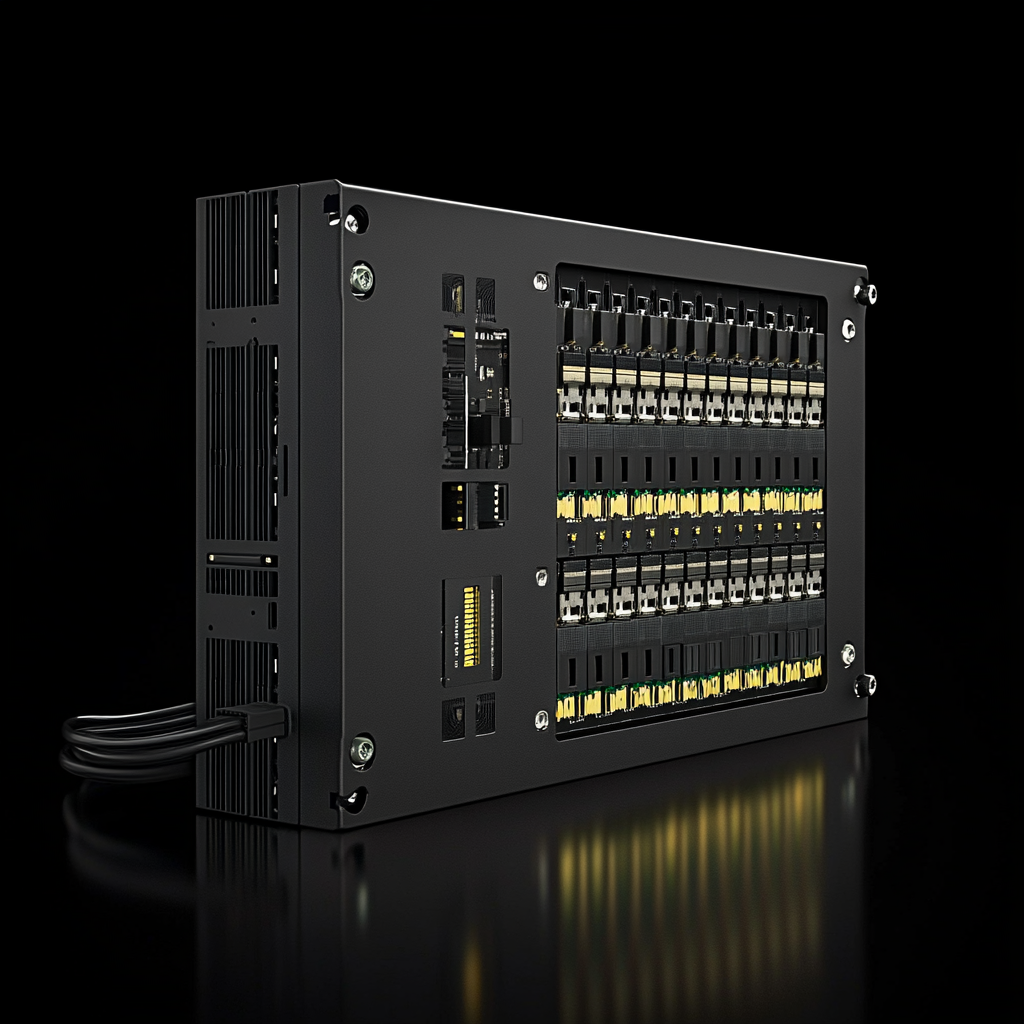Securing network switches is an important step in protecting the entire network infrastructure. As the central point of data transmission, network switches can become targets of cyber attacks if there are vulnerabilities. By following switch security best practices, you can protect your company’s critical information from unauthorized access and malicious activities.
1. Change the default credentials
Many switches come with default usernames and passwords that can be easily exploited by attackers. Changing these credentials to strong and unique ones is the first step to protecting your switch. Use a combination of letters, numbers, and special characters for added strength.
2. Disable unused ports
Unused ports on your switch can be entry points for unauthorized devices. Disabling these ports prevents anyone from connecting and accessing your network without permission.
3. Use VLAN for network segmentation
Virtual Local Area Networks (VLANs) allow you to segment your network into different sections. By isolating sensitive systems or devices, you can limit the spread of potential breaches and make it more difficult for attackers to access critical resources.
4. Enable port security
The port security feature can restrict which devices can connect to each port on the switch. For example, you can configure a port to allow only specific MAC addresses to prevent unauthorized devices from gaining access.
5. Keep the firmware updated
Switch manufacturers periodically release firmware updates to patch security vulnerabilities. Make sure your switch is running the latest firmware to protect against known vulnerabilities.
6. Use security management protocols
Avoid using unencrypted management protocols such as Telnet. Instead, use secure protocols such as SSH (Secure Shell) or HTTPS to manage the switch to prevent sensitive data from being intercepted.
7. Implement Access Control Lists (ACLs)
Access control lists can restrict traffic in and out of the switch based on specific criteria, such as IP address or protocol. This ensures that only authorized users and devices can communicate with your network.
8. Monitor traffic and logs
Monitor network traffic and switch logs regularly for unusual activity. Suspicious patterns such as repeated failed logins may indicate a potential security breach.
9. Ensure the physical security of the switch
Only authorized personnel should have physical access to the switch. Install the switch in a locked server room or cabinet to prevent tampering.
10. Enable 802.1X authentication
802.1X is a network access control protocol that requires devices to authenticate themselves before accessing the network. This adds an extra layer of protection against unauthorized devices.
Final Thoughts
Securing network switches is an ongoing process that requires vigilance and regular updates. By combining technical configuration with best practices, you can significantly reduce the risk of security breaches. Remember, a secure network starts with a secure switch.
If you are looking for a secure and reliable network solution, our switches are equipped with advanced security features to keep your network safe.
Post time: Dec-28-2024




